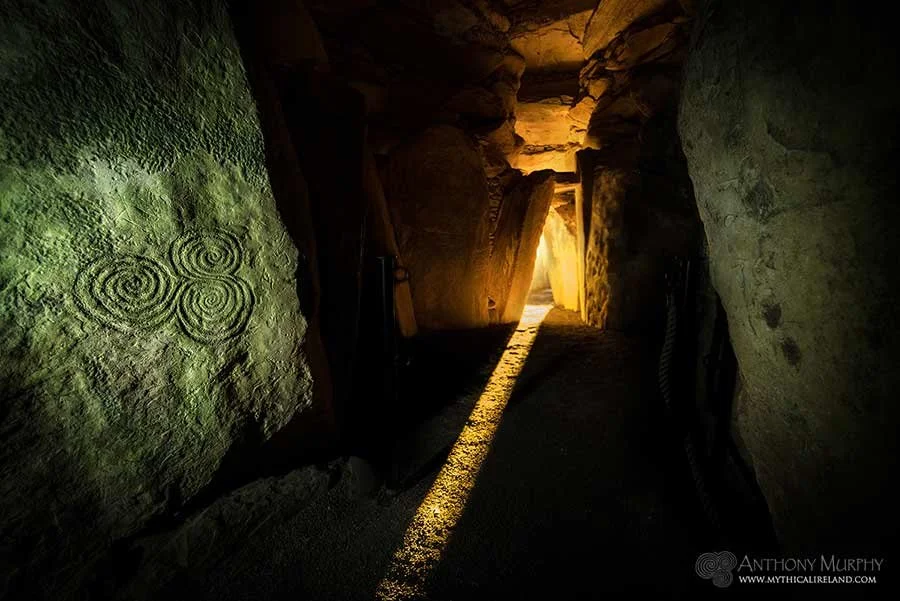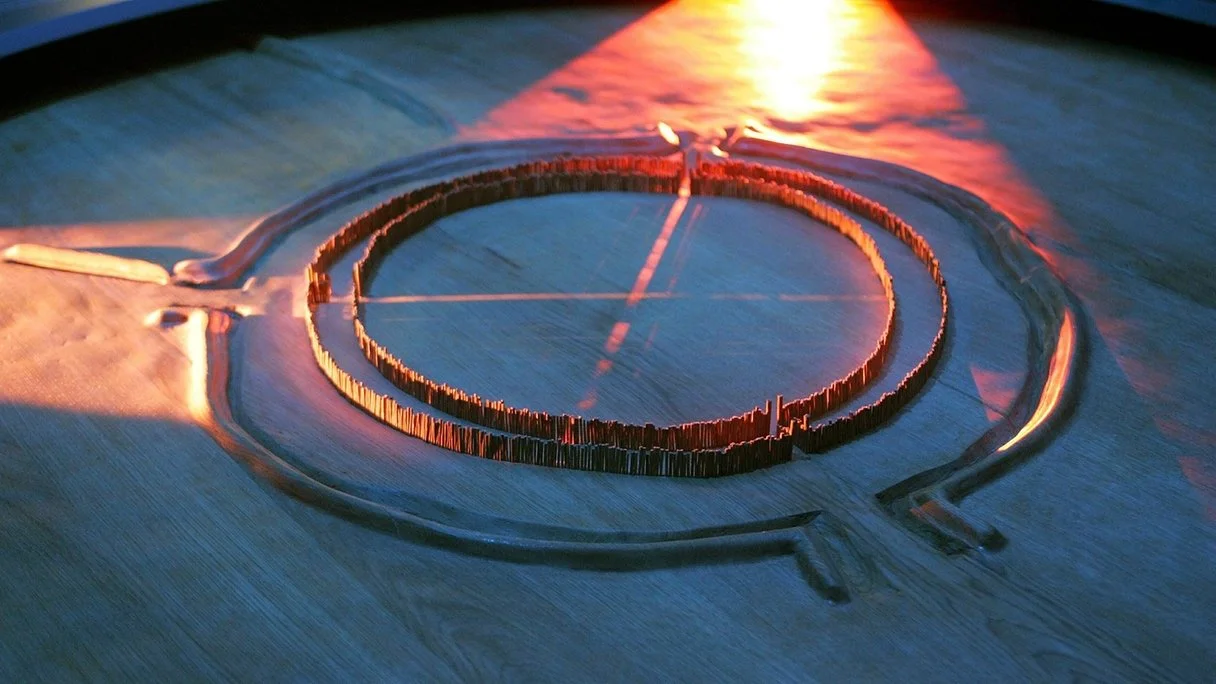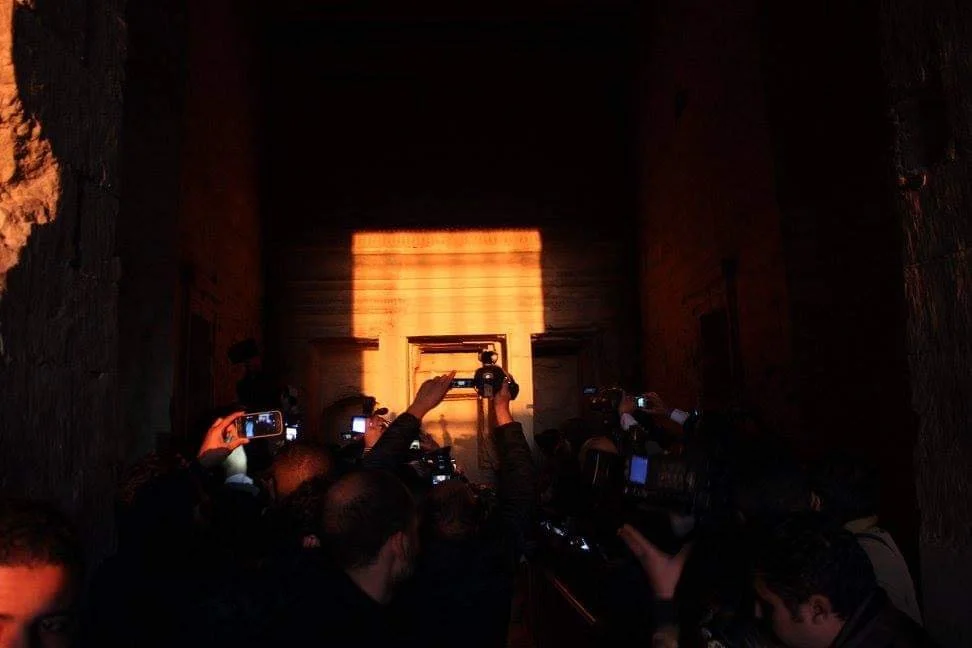In cultures around the globe, the promise of longer days has provided reason to celebrate for millennia.
The winter solstice, also called the hibernal solstice, occurs when either of Earth's poles reaches its maximum tilt away from the Sun. This happens twice yearly, once in each hemisphere (Northern and Southern). For that hemisphere, the winter solstice is the day with the shortest period of daylight and longest night of the year, when the Sun is at its lowest daily maximum elevation in the sky. Either pole experiences continuous darkness or twilight around its winter solstice. The opposite event is the summer solstice.
The solstice may have been a special moment of the annual cycle for some cultures even during Neolithic times. Astronomical events were often used to guide activities, such as the mating of animals, the sowing of crops and the monitoring of winter reserves of food. Many cultural mythologies and traditions are derived from this.
The winter solstice was immensely important because the people were economically dependent on monitoring the progress of the seasons. Starvation was common during the first months of the winter, January to April (northern hemisphere) or July to October (southern hemisphere), also known as "the famine months". In temperate climates, the midwinter festival was the last feast celebration, before deep winter began. Most cattle were slaughtered so they would not have to be fed during the winter, so it was almost the only time of year when a plentiful supply of fresh meat was available.
Because the event was seen as the reversal of the Sun's ebbing presence in the sky, concepts of the birth or rebirth of sun gods have been common.[citation needed] In cultures which used cyclic calendars based on the winter solstice, the "year as reborn" was celebrated with reference to life-death-rebirth deities or "new beginnings" such as Hogmanay's redding, a New Year cleaning tradition.[citation needed] Also "reversal" is yet another frequent theme, as in Saturnalia's slave and master reversals.
While many solstice celebrations have been lost to the ages, we can still see their echoes in ancient works of architecture spread across the globe. On this day sunlight penetrates structures kept dark all year in clear commemoration of the year's shortest day.
2. Stonehenge, England
One of the most recognizable monuments in the world, Stonehenge, has been found to mark the arrival of both the winter and summer solstices. On the winter solstice, the stones are perfectly aligned with the setting sun, and a crowd of thousands gathers to witness the occasion.
When the sun sets on the winter solstice, its rays align with what are known as the central Altar stone and the Slaughter stone — an event that hundreds of families, tourists, Wiccans, pagans and others visit each year to experience what researchers believe was an important spiritual event for those responsible for creating the monument.
2. Newgrange, Ireland
sunlight entering Newgrange chamber
The Newgrange monument is located northeastern Ireland, and is thought to date back to about 3200 B.C. The mound, with grass on its roof, rises from a green field and, inside, contains a series of tunnels and channels. During sunrise on the winter solstice, the sun pours into the main chambers, which researchers have interpreted to mean it was built to celebrate this special day of the year.
Newgrange Monument, Anthony Murphy, mythicalireland.com
Above the entrance to the passage of the mound there is a opening called a roof-box. On mornings around the winter solstice a beam of light penetrates the roof-box and travels up the 19 metre passage and into the chamber. As the sun rises higher, the beam widens so that the whole chamber is dramatically illuminated.
Access to the chamber on the Solstice mornings is decided by a lottery that takes place at the end of September each year. All are welcome to gather outside the entrance to the Newgrange mound on each of the mornings from December 18th to December 23rd inclusive, sunrise is at 8.58am.
3. Maeshowe, Scotland
Winter Solstice at Maeshowe Chambered Cairn
Built in Orkney, Scotland, around 2800 B.C., Maeshowe is another burial ground that appears as a grassy mound rising about 24 feet (7.3 m) above a grassy field. Similar to Ireland's Newgrange, the inside of the mound contains a maze of chambers and passageways that become illuminated by sunlight during the winter solstice.
Anyone who has lived in Scotland can tell you that the Winter Solstice can be a tough time of the year, with barely any daylight hours. On ‘driech’ rainy days, there may be little light at all. Most people feel that they would gladly join the hibernating hedgehogs and bats in their sleep. This must have been a trying time for the Prehistoric peoples of Scotland. The short days brought with them a risk of starvation and whatever shelter they found would have provided little protection from the biting winds and bitter frosts which characterise the Scottish winter. However, we know that these people were far from ignorant. They had a vast knowledge of the lunar and solar cycles.
Researchers believe that the alignment of the tomb was used as a calendar. At sunset on midwinter’s day, the sun shines straight down the length of the entrance passage and illuminates an area low on the rear wall of the main chamber. During the spectacle, the sun’s rays align with a standing stone 800 metres away known as the Barnhouse Stone. This continues for the three weeks surrounding the Solstice. Certainly where you are reduced to six meagre hours of daylight, knowing exactly when the days are going to start getting longer again is a very important piece of information.
4. Goseck circle, Germany
The Goseck circle is a series of concentric rings dug into the ground — the largest of which measures about 246 feet (75 m) in diameter — located in Saxony-Anhalt, Germany. It dates back to about 4900 B.C., but was forgotten and covered by a wheat field before being discovered through aerial surveys in the early 1990s. Archaeological remains suggest Goseck circle was the site of religious rituals, such as sacrifices.
Archaeologists believe that the structure functioned as a primitive kind of calendar, allowing its ancient builders to track the course of the sun and the moon. Other, similar rings can be found throughout Europe.
5. Machu Piccu
The Inca are renowned for their astronomical skill, and they based a complex series of annual rituals on the movements of the sun, moon and planets. Their attention to the sky is embedded into the architecture, and archaeologists have found structures related to both solstices in Inca cities.
Sun rays on summer and winter solstices at the Temple of the Sun.
One of the most magical times in one of the most magical places in the world is winter solstice in Machu Picchu. In the Southern Hemisphere, winter solstice is the 21st of June and is the shortest day of the year, marking the start of winter. In Inca times, winter solstice was known as Inti Raymi or the Festival of the Sun. In Machu Picchu at dawn, when the very first light rises over the distant mountains, it shines through one of the two windows of the Temple of the Sun and illuminates the ceremonial stone within.
The second window was for the sun’s rays on summer solstice. The Temple of the Sun was used to honor the Inca deity, known as “Inti.” The Inca’s would sacrifice animals, such as llamas, on the stone altar in order to ensure good agricultural production for the coming months of planting and harvesting. In modern times, Inti Raymi is celebrated on the 24th of June with celebrations and festivals dominating the Cusco streets from the 16th to 24th of June. This is one of the best and busiest times to visit Cusco.
In the center of the Temple of the Sun is a large altar carved from rock, where the ceremonies and sacrifices could be performed. Underneath the temple is a cave, accessible only from the temple itself, which was believed to have been the burial site of Pachacutec.
Along the back wall of the temple was a 'window' of small holes, believed to have originally held small gemstones, often called the 'window of the serpent' by modern scholars.
6. Tulum, Mexico
Located on the eastern coast of Mexico's Yucatan Peninsula, Tulum is an ancient stone-walled Mayan city whose population collapsed around the 15th century when Spanish settlers had begun to occupy Mexico, bringing new disease that wiped out large portions of the Mexican population. Much of the stone buildings that made up the city still stand today. One of these buildings contains a small hole at its top that produces a starburst effect when the sun rises on the winter (and summer) solstice.
When the sun rises on the winter solstice, it perfectly aligns with this hole. The shaft of sunlight creates a spectacular starburst effect as it filters through the hole.
7. Karahan Tepe, Turkey
The recently excavated archaeological site of Karahan Tepe in the Tek Tek Mountains is shedding new light on the ingenuity and astonishing creativity of the Neolithic people from this part of southeast Turkey. The site in question lies approximately 25 miles southeast of its more famous sister site, Göbekli Tepe.
Fully illuminated stone head at Karahan Tepe.
If we look to the evidence from archaeological artifacts, and within the stories and myths of the area, Karahan Tepe is possibly a site involved with healing and regeneration, and this is based on many factors.
During winter solstice sunrise, the stone head at Karahan Tepe is fully illuminated. this all firmly puts the site in line with other well-known goddess sites found across the world, many also aligned with the solstices and equinoxes.
8. Temple of Karnak, Egypt
Located in Egypt amidst a vast complex of ruins, the shrine to the sun god is illuminated during the winter solstice. On this day, the rising sun shines between two pillars, casting a bright beam of light through the complex.
When constructing the Karnak Temple, the Pharaos made precise calculations and left nothing for chance. The ancient Egyptians were interested in setting certain standards and specific astronomical calculations, to announce this phenomenon every year at the start of the winter season.
The Egyptians were keen observers of the sky, and many of their monuments, including the pyramids, are aligned with the sun or the stars. For them, the winter solstice was a celebration of the god Horus, a deity of the sky, sun and moon.
9. King Rameses II Temple, Abu Simbel, Egypt
A phenomenon happens twice a year in Aswan's Abu Simbel when the sun’s rays fell directly onto the King Ramses II temple to mark his birthday. A solstice takes place each year between 20 and 22 February, when the king was crowned, and between 20 and 22 October, when he was born.
In celebration of the historic moment, Abu Simbel is hosting cultural shows and popular bands on Sunday and Monday. The celebration was attended by tourists and local officials.
This is one of 4,500 astronomical phenomena that were celebrated by ancient Egyptians.
10. Qasr Qarun (Qarun Palace), Fayum, Egypt
The phenomenon of the alignment of the sun on Qasr Qaroun temple is as important as that of the great temple of Abu Simbel. Despite the differences between the two temples regarding each one’s Location, Goal and Date of Foundation, in addition to, the differences regarding each one’s Sun alignment date, however, both have resemblance regarding sun rotation at the holy of the holies of the two temples at the time of the sun rises.
Qasr Qarun Temple is located on the southwestern side of Lake Qarun and dates back to the Greco-Roman period.
On December 21 of each year, a major celebration is held to witness the great cosmic phenomenon, where the sun illuminates Quds el-Aqdas (Holy of Holies) inside the Qasr Qarun temple.
11. Chichen Itza, Mexico
Chichen Itza happens to be one of the most significant locations in which to honor the Mayan winter solstice, where the incredible sight of the sun seemingly climb up the edge of the towering El Castillo temple as it rises into the sky amazes onlookers. During the same day, the unbelievable sight of the bright sunshine radiating upon the southern and western sides of the temple while the northern and eastern sides remain hidden in complete darkness is truly amazing. Similar to the solar patterns that take place at the poles, being present for this uncommon incident is one of the many fascinating ways the Mayans observed this significant day of the year.
The Pyramid Chichen Itza, Mexico is a very famous pyramid. It has staircases running all the way from bottom to top on each of its four faces. The stairs of this pyramid are constructed in a very geometrical and calculated manner. Each stair is created and placed at a specifically measured angle. At the very bottom of the pyramid stairs, is created a giant snake head. Due to such amazing art of construction, when the sunlight falls on the stairs of Chichen Itza during an Autumnal Equinox, it looks as if a giant snake is descending from the top of the pyramid. This whole occurrence is world famous by the name ‘The Snake of Sunlight’.


























